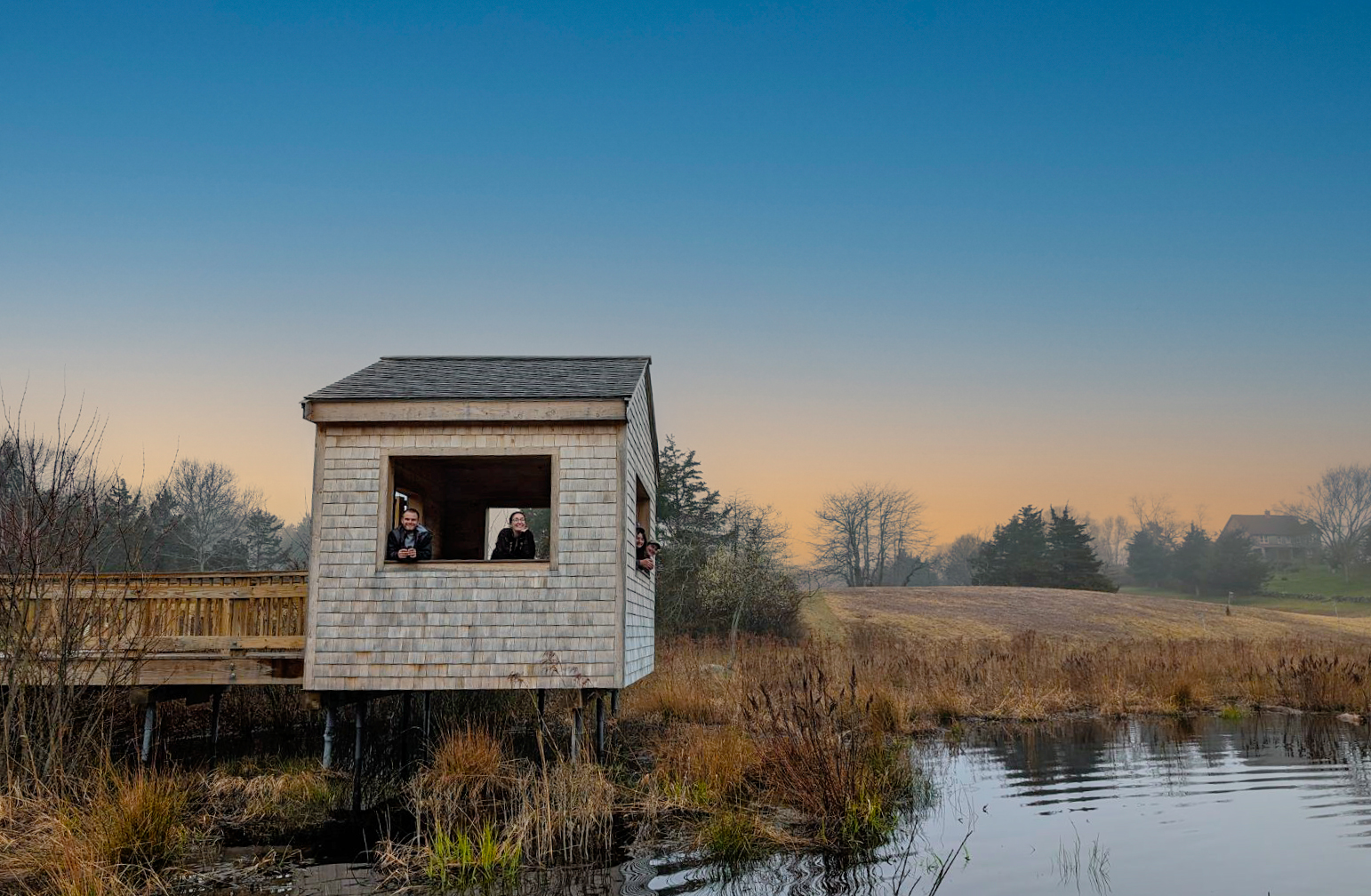This article was originally published in Forbes Magazine on February 7, 2013. It was written by Ken Silverstein. View the original article here.
Coal-burning power plants may get a new life and one that is tied to the co-firing of biomass, or wood chips, that may result in less pollution. While some are saying that this is a harbinger of things to come, others are cautioning that such technology is not only expensive but also a potential ecological hazard.
Fossil-fired generation is now under intense scrutiny. But some utilities are reinventing their existing coal facilities so that they can simultaneously burn biomass. State regulators are generally giving their approval, although environmentalists are warning that cutting down trees to make it work is a no-no and that using wood waste or scraps is a more plausible option.
Consider Dominion Resources: After four years, it revved up a $1.8 billion facility last July that co-fires coal and waste wood, generating 585 megawatts. “The use of low-cost waste coal and biomass will result in the unit having favorable economics, bringing savings to customers,” says David Christian, chief executive of Dominion Generation.
Christian estimates that the plant’s projected economic benefits will be $250 million a year to southwestern Virginia. Dominion is converting its three remaining coal-fired power stations in Virginia to those that can also run on waste wood, all of which are expected to be operational by year-end. Together, they provide 153 megawatts of electricity.
The shift to cleaner burning fuels is all part of Virginia’s voluntary renewable portfolio standard that calls on the state’s investor-owned utilities to provide 15 percent of their power from green sources by 2025. Wood chips, in fact, are part of the biomass family. But unlike their agricultural brethren, they do not result in food shortages and those wood chips could be mixed in with coal before it is combusted. Dominion maintains that the wood fuel is “carbon neutral,” although some disagree.
According to Bloomberg New Energy Finance, biomass projects devised in the last year will total 890 megawatts when they are finished. “The biomass industry hopes to continue this trend by building projects in places that can support fuel needs locally, and that recognize the need to diversify,” says Bob Cleaves, head of the Biomass Power Association.
Like any budding fuel source, biomass is not without its critics. Building such a power plant from scratch is a hugely expensive undertaking. FirstEnergy Corp., for example, shuttered its plans to convert an existing coal facility to a 312-megawatt biomass unit, concluding it was financially infeasible.
Estimates are that it cost double that of a coal unit, which produce twice the oomph, or BTUs, as do wood chips. That means that power plants have to burn two-times the wood as they do with coal.
That has led the Manomet Center for Conservation Sciences to say that the net effect on greenhouse gas emissions is higher. Generally, if more trees are cut down then there would be fewer of them to absorb the carbon emissions. Newly planted trees, meanwhile, are unable to absorb that carbon at the same rate as older trees. It may thus be better to jointly burn the wood and coal.
At least 20 utilities in North America are now using wood chips to replace 5-25 percent of the needed coal or natural gas. Biomass plays a key role today with 7,000 megawatts of installed capacity, says the U.S. Department of Energy. It also says that the co-firing of biomass and fossil fuels is the most immediate step that utilities can take to cut their carbon dioxide emissions.
With ever-stricter environmental laws in combination with state-set green energy rules, the value of biomass facilities is expected to rise. Consider WE Energies, Wisconsin’s largest utility: It is building a 50-megawatt wood-burning power plants that is expected to be operational late this year. DTE Energy, meantime, is converting old coal plants in three states so that they can also use biomass.
Further, Public Service Co. of New Hampshire took three coal-fired boilers and converted them to ones that could also burn wood chips at a cost of $75 million. But the new 50-megawatt facility actually has lower operational costs, higher earnings and reduced emissions, the company says. Meantime, Southern Company has built a 100-megawatt biomass to serve Austin, Texas — a move that it expects to replicate over the next decade.
“The most economical means of generating electricity using these wood chips is the technology of co-firing,” writes Southern Co., which is using the technology at one of its Alabama facilities. “The high capital and operating costs involved with a new stand-alone power plant are avoided. It is a renewable technology most likely to directly displace coal.”
Peppering coal with biomass seems like an easy way to meet green energy goals or to comply with court orders. But concerns exist over the cost of those conversions and from where the wood would come, not to mention the ultimate impact on emissions. Large-scale power facilities, though, are determined to make the technology both workable and profitable.





 Back to all
Back to all